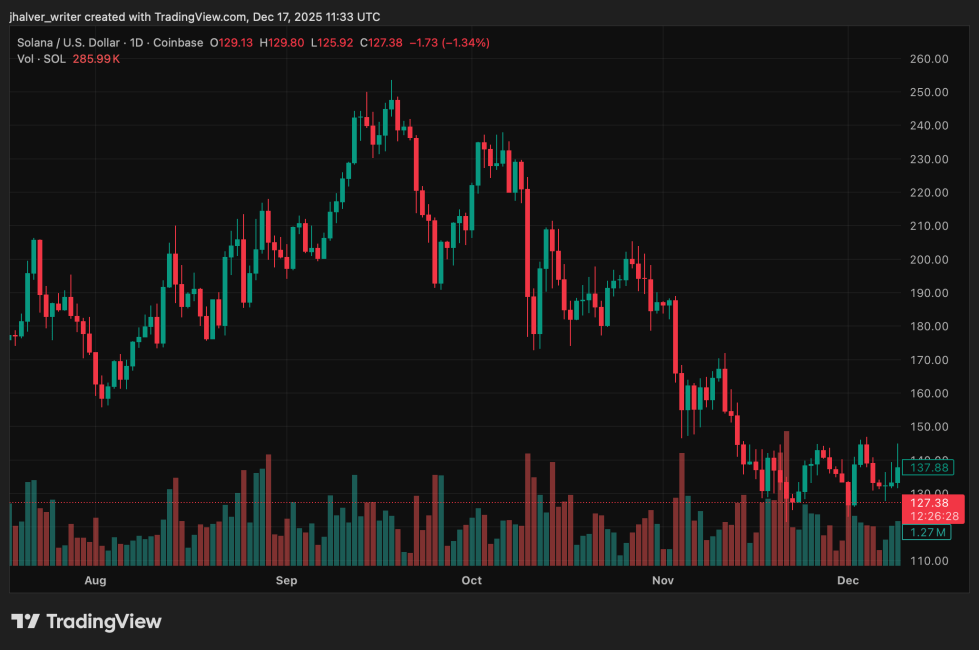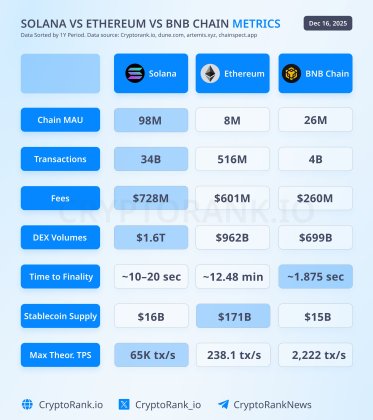 | History Monero is based of a white paper authored by Nicolas van Saberhagen. Developers used the concept to design Monero. In 2014 Monero deployed its mainnet, releasing on April 18th. Monero came about from a fork from BitMonero. Monero transactions are validated through a miner network running RandomX, using a proof of work algorythm. Monero has the third largest dev team behind BTC and ETH. Most of the dev's choose to remain anonymous. How it works Monero uses various methods to obfuscate transaction details, but users can share their info if they wish to. The privacy feature is what has separated Monero from other crypto. It has been used for money laundering, darknet markets, ransomware, along with normal legal activities too. Three of the 5 largest dark web markets use Monero. The Obfuscation process works like this: outputs are grouped with decoy outputs as seen below. The zero-knowledge proof method guarantees a transaction occured without revealing its value. Recipients are protected through addresses generated by users to receive funds, but they are untraceable to the sender or observers. Monero also obscures the IP address of devices that are transacting. This has attracted the attention of the IRS, they have placed multiple bounties for anyone that can find a way to track Monero. One of the bounty's is for $625,000. Stats Number 25 for market cap ATH $542 Supply 18,147,820 Current Price $162.40 [link] [comments] |

You can get bonuses upto $100 FREE BONUS when you:
💰 Install these recommended apps:
💲 SocialGood - 100% Crypto Back on Everyday Shopping
💲 xPortal - The DeFi For The Next Billion
💲 CryptoTab Browser - Lightweight, fast, and ready to mine!
💰 Register on these recommended exchanges:
🟡 Binance🟡 Bitfinex🟡 Bitmart🟡 Bittrex🟡 Bitget
🟡 CoinEx🟡 Crypto.com🟡 Gate.io🟡 Huobi🟡 Kucoin.

















Comments